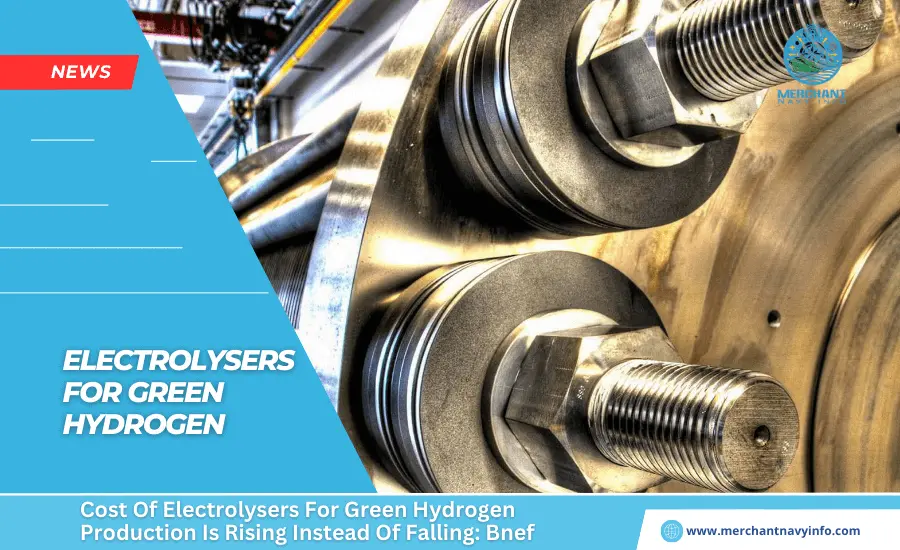
The cost of producing and installing electrolyzers for green hydrogen production in China, the US, and Europe. Three of the world’s biggest markets. They have risen by more than 50% compared to last year. Research house BloombergNEF (BNEF) has found, rather than the incremental reduction, its analysis indicated earlier.
Reasons Delaying Hydrogen Rollout
The major culprit for Western manufacturers has been inflation. It has forced up the costs of materials, utilities (such as water and electricity) and labor in the US and Europe, said BNEF in its latest report.
However, delays to subsidy roll-outs have also delayed the scale-up of green hydrogen projects. This means electrolyzer manufacturers cannot profit from economies of scale, increasing prices for longer.
Based on a survey of more than 50 companies, most of which are located in the US, China, and Europe, BNEF’s report processed more data on larger green hydrogen projects than in its last survey in 2022. However, it focused primarily on the more smallish developments that were advanced at the time.
This time, it studied costs that needed to be more apparent for the smaller projects, such as those related to transformers to provide grid connection. They are significant cost considerations for big installations, resulting in a wider analysis scope.
This is why figures also reveal more raised costs from Chinese manufacturers. Even though they are comparatively less affected by inflation and prepared to manufacture at a loss without subsidies to win huge orders.
As a result, the average system-level cost (including stack and balance of plant) is now at a mid-range of $600/kW for an electrolyzer made in China. WMachines made in Europe or the US cost around $2,500/kW.
This makes Western electrolyzers four times more pricey than Chinese equivalents.
Missed Inflation Target Upends BNEF’s 2022 Predictions
The research house had earlier predicted that prices would gradually decrease over three years from 2022 as more large-scale projects approached completion.
However, this relied on inflation returning to 2% in major markets, which has not happened. Instead, the price increase has settled at around 3% in the US and Europe.
So, rather than dipping by up to 10% year-on-year, as BNEF forecasted in its 2022 survey. The capital cost of installing an electrolysis system has risen by a median of 57%.
“[In 2022] BNEF forecasts a 30% EPC-level [engineering, procurement and construction] capex reduction over three years after 2022 with a stable year-on-year rate—or an 8-10% cut on 2023 complete system capex approximated with 2022. Thanks to economies of scale, technology advancements, vertical integration and lower margins,” the latest report explains. “All those factors can only be learned with market scaling.”
Most extensive projects were yet awaiting the final investment decision in 2023. European developers are awaiting the effects of the bloc’s first subsidy auctions. The EU-sponsored European Hydrogen Bank and the German-government-backed H2Global . US developers are still waiting on final regulatory guidance on green hydrogen from the government.










